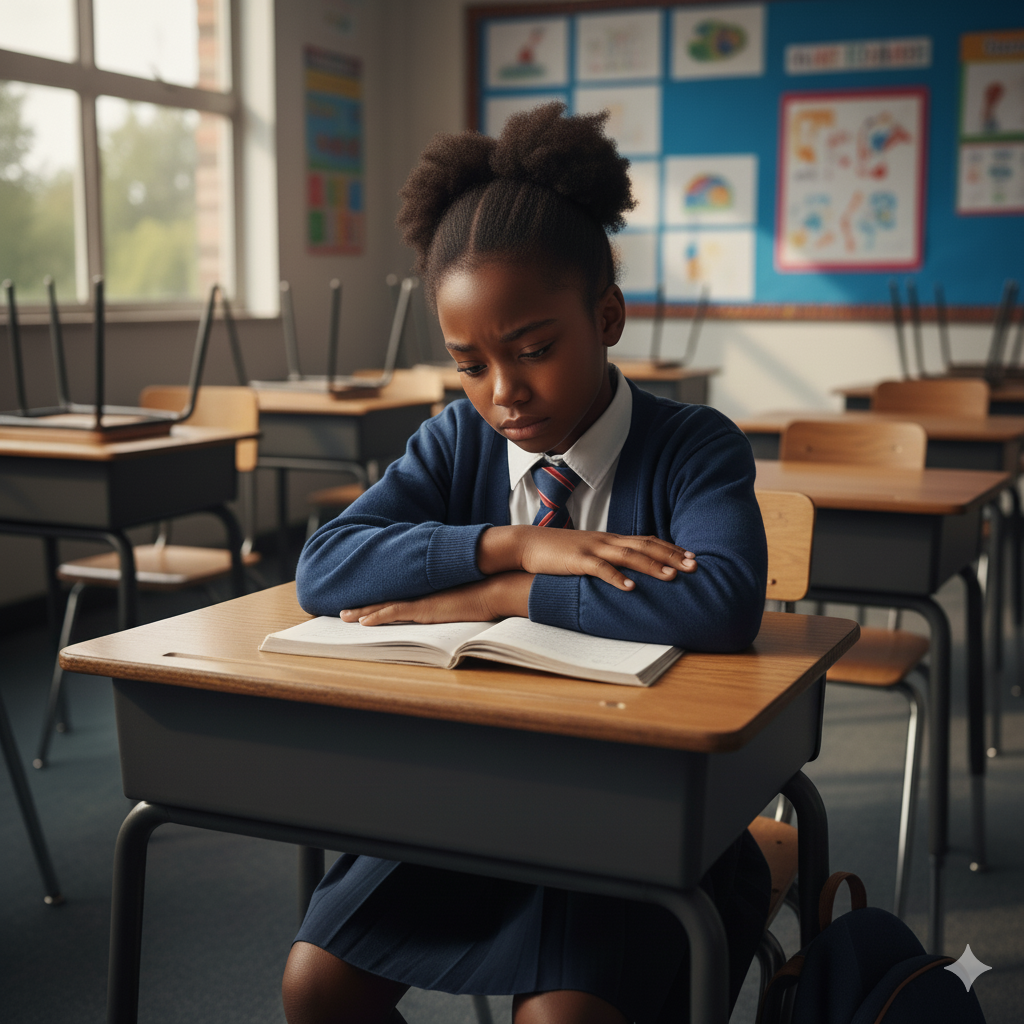
LIFELONG THERAPEUTIC LEARNING:
-
Learn more

Drawing and Talking allows individuals to discover and communicate emotions through a non-directed technique, setting it apart from existing solution-focused and cognitive-based therapies and interventions
Learn more
Creators of a global proactive intervention intended to complement rather than replace the work of Specialist Mental Health Services
Working with vulnerable
-
Courses
Drawing and Talking has proved invaluable with secondary aged students who find it difficult to talk about their emotions.

Our team's commitment to high quality services provides you with peace of mind.
Individuals
Creators of global proactive intervention intended to complement rather than replace the work of Specialist Mental Health Services.
Organisations
In-house training days are the most cost effective way to train groups of 20 or more staff in the Drawing and Talking therapeutic technique. We offer both Zoom and in-person options.
- Blog
-
Practitioners
In our 20-year history, we have built a community of 20,000 Drawing and Talking Practitioners.
Our Drawing and Talking Practitioners are committed to high-quality therapeutic support. Our Accredited Practitioners maintain an active Drawing and Talking Membership, which includes regular CPD and supervision and coaching. This ensures safe, reflective and effective practice.
- Contact us
- Book now
Living with Anxiety During GCSEs: My Story
I’m a 16-year-old girl who struggles with anxiety. For the past six years, it’s been a constant battle, but only recently have I started to understand why and how it affects me. My anxiety isn’t caused by just one thing — it’s a build-up of family breakdowns, problematic friendships, the impact of COVID-19, and the unrealistic expectations of school and life.
Starting secondary school was the trigger. From Year 7 to Year 9, COVID meant I wasn’t in school, so when I returned, it was like being thrown into a different world. I didn’t know the students, the staff, or even how high school life worked. Within that first term, I was running out of school, avoiding lessons, and failing most of my classes. With support from the school, like counselling, I started to get better. By Year 10, I believed I was happy and confident again.
Then Year 11 arrived — GCSE year. It felt like being pushed into the deep end without knowing how to swim. Teachers would say things like, “If you get a 7 in English, you can do politics A level.” But I was in the bottom set, and I couldn’t see myself ever reaching that. The pressure built up, and I gave up. I stopped going to lessons and even avoided coming to school. But I realised if I wanted to do well, I had to change. So, I worked hard, got tutors, started therapy outside school, and turned things around academically.
Still, the anxiety didn’t go away.
Exams were the hardest part. Sitting in that exam hall, surrounded by students doing higher papers while I was in the extra time row with a foundation paper, I felt judged. My throat would thicken, my eyes would well up, my palms would sweat, and my head would pound. I’d tap my leg, trying to hold back tears, telling myself, “I can’t stay here. I have to leave.” Sometimes, I’d ask for a rest break to get out and clear my head, but even outside, I’d break down in tears.
One time, my Head of Year and Deputy Headteacher came to check on me. I couldn’t even speak — I felt frozen with fear. But they sat with me, linked arms, and reassured me that I could do it. After the exam, my Deputy Head invited me to her office with a chocolate croissant (my favourite). We didn’t talk about exams or anxiety — just about summer plans and my dogs. Somehow, that made all the difference. The next exam felt less scary.
Even with support like rest breaks, the weight of expectations never really left. It wasn’t just the school’s expectations, or my parents’, but my own. Comparing myself to others, fearing disappointment, and thinking I wasn’t good enough — that was the real battle.
But I know I’m not alone in feeling this way. So many 16-year-olds are drowning in these same thoughts right now.
A Message of Hope
Looking back, I remember doing Drawing and Talking therapy in primary school. At the time, I didn’t fully understand how much it was helping me to express feelings I couldn’t put into words. Now, even though the challenges feel bigger, that simple idea still helps: talking to someone, expressing how I feel (even through tears), and knowing that it’s okay to struggle.
To anyone feeling like I do, please know this: you are not alone, and you are not failing. Struggling with anxiety does not mean you are weak — it means you’re fighting a battle most people never see. Every time you show up, even when it’s hard, you’re being incredibly brave.
It’s okay to take a break.
It’s okay to ask for help.
It’s okay not to be okay sometimes.
Exams will come and go, but your mental health matters so much more. There is always support out there — from schools, from counsellors, from trusted adults — and sometimes, just a small gesture, like a chocolate croissant and a conversation about dogs, can make the biggest difference.
You are enough, exactly as you are.
Latest news
May 14, 2025
May 14, 2025



